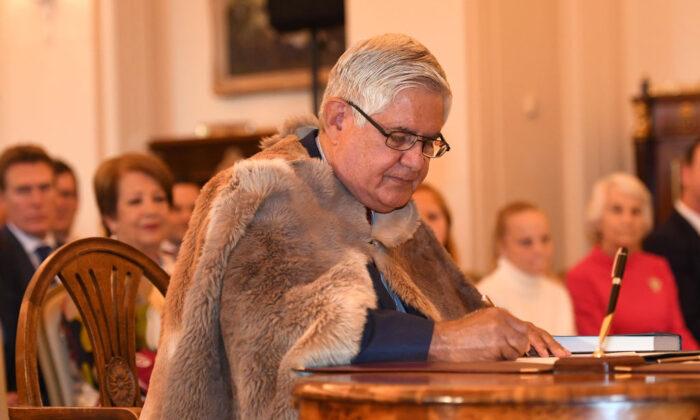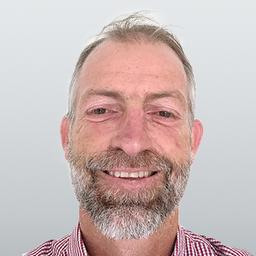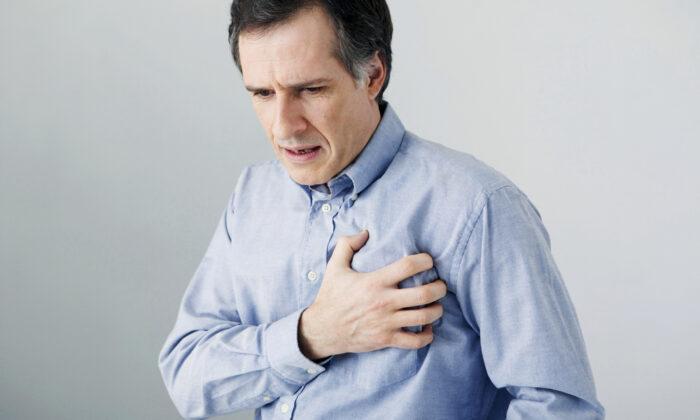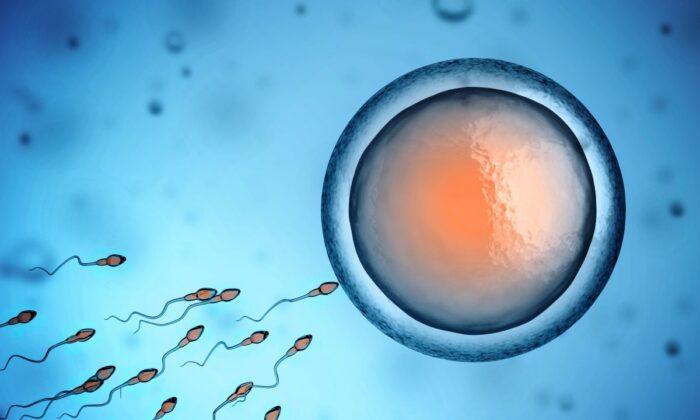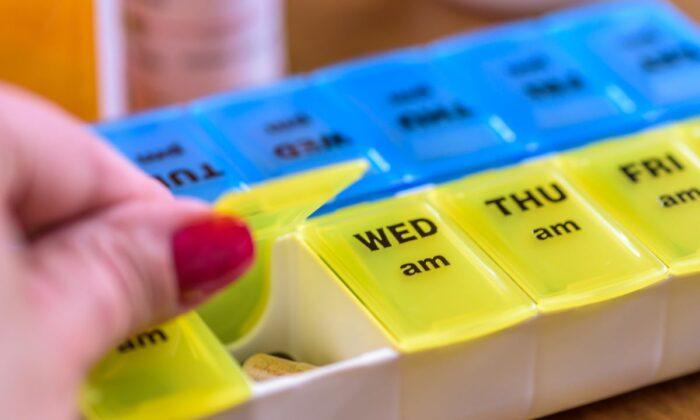The Australian government will work together with Aboriginal groups to design a representation for Indigenous Australians at all levels of government decision making.
Called the Indigenous Voice, it will enable Indigenous Australians to have a greater input into the design, development and implementation of policies and programs that specifically affect them.
The Voice will be divided into two parts with the first, the Local and Regional Voice, working at the local and regional government levels, while the second, the National Voice, will work at the national government level.
Minister for Indigenous Australians Ken Wyatt said the federal government released the Final Report to facilitate broader community discussion and consultation with grassroots Indigenous communities and organisations.
“The Morrison Government committed at the 2019 Federal Election to undertake a process of co-design to develop models and options for an Indigenous voice and to enhance local and regional decision-making,” he said.
“Today, we have delivered on that commitment, following an extensive co-design process involving more than 9,400 people, communities and organisations.”
Wyatt said doing this right is essential and that the Indigenous Voice initiative will only work if it has a strong foundation from the ground up, which is why the government is starting with what it calls the Local and Regional Voice.
From January, members from the Indigenous Voice Co-design directed a four month public consultation process based on the Interim Report proposals, through which people around the country could have their say.
According to the report, respondents overwhelmingly supported the need for an Indigenous Voice in parliament and approved the core proposals suggested by the Interim Report.
The next step the federal government will take is to initiate discussions with states, territories, and local governments to encouraging them to participate in Local and Regional Voice arrangements.
It will also form a local and regional Voice Establishment Group to help establish 35 local and regional voice bodies.
A National Voice will also be established, with its membership linked to the local and regional Voice bodies. It will consist of 24 members, with at least two members from each state and territory and one member to represent mainland Torres Strait Islanders.
The National Voice will also act as an advisory body to the Australian Parliament and government on issues of national significance to Aboriginal and Torres Strait Islander people, such as social, spiritual, and economic wellbeing.
Prime Minister Scott Morrison said the purpose of the Indigenous Voice was to ensure the government could hear the voices of Indigenous Australians “on the ground,” and because he wanted to “close the gap.”
“This is about listening to local Indigenous communities, and that’s where the voice must start. It doesn’t start with grandiose gestures; it doesn’t start with big political speeches.
“It starts on the ground pulling together local Indigenous communities and listening carefully to them so we can get service delivery right. That’s what our voice is about,” he said.
Labor’s Shadow Minister for Indigenous Australians did not respond to a request for comment.
